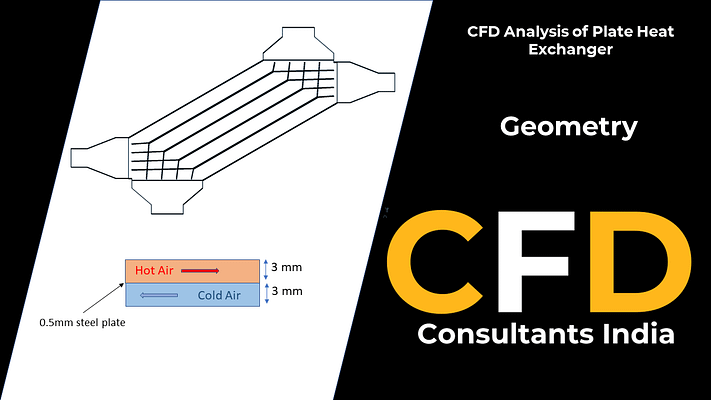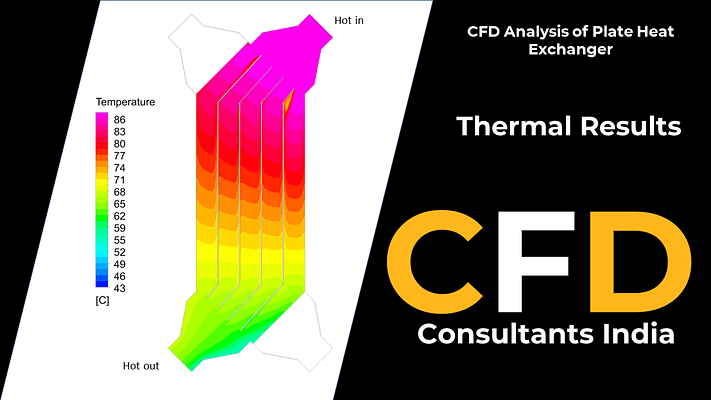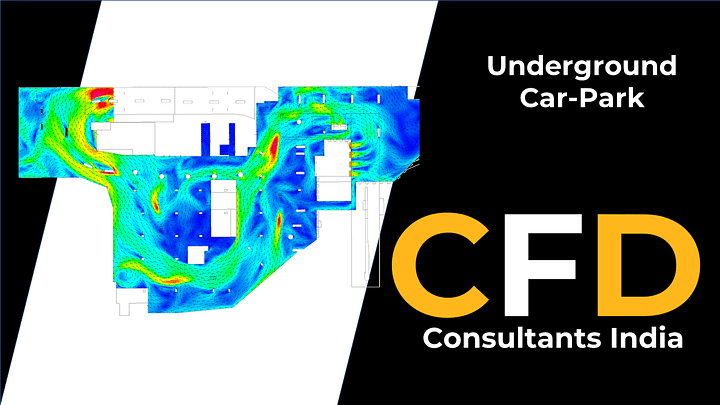FAQ
Most frequent questions and answers
PHE stands for Plate Heat Exchanger.
A plate heat exchanger contains series of metal plates with alternate passage for hot and cold fluid to flow. When this hot and cold fluid passed through alternate narrow channels of the plate, heat is transfer effectively. This design allows for efficient heat exchange.
The advantage of Plate heat exchangers over other heat exchangers is that, it offers high heat transfer rates with compact size.
Plate Heat Exchanger’s find applications in industries like HVAC, refrigeration, and chemical processing where effective heat transfer with compact equipment size is demanded.
A plate heat exchanger typically consists of plates, gaskets, frame, and connections. The plates have corrugated surfaces to serve more surface area for enhance heat transfer, and the gaskets create sealed flow channels.







